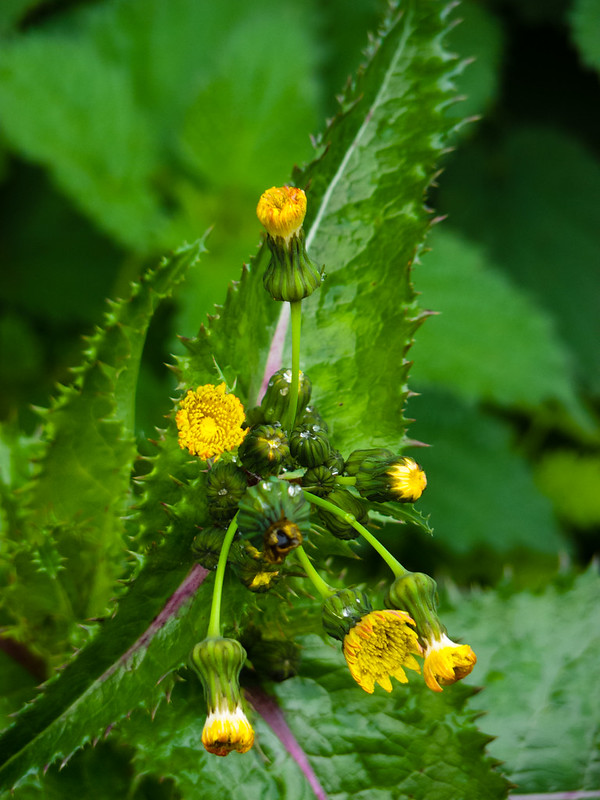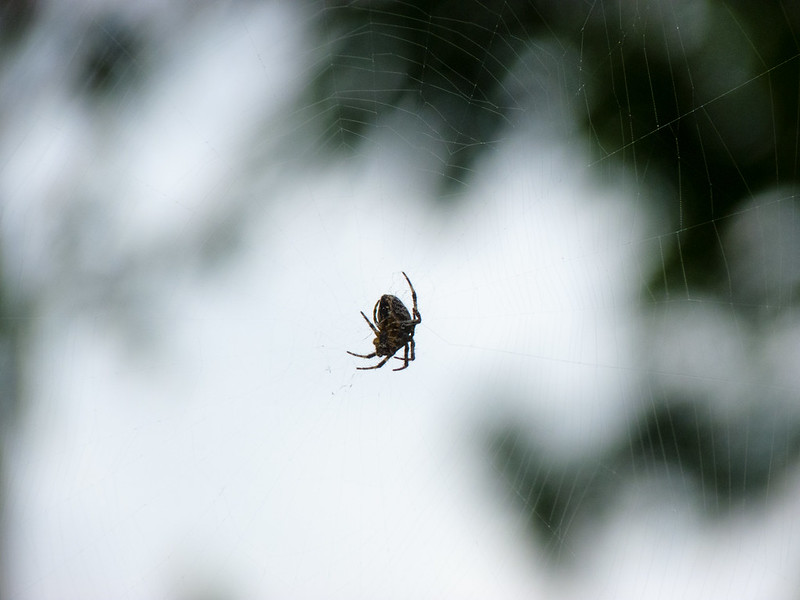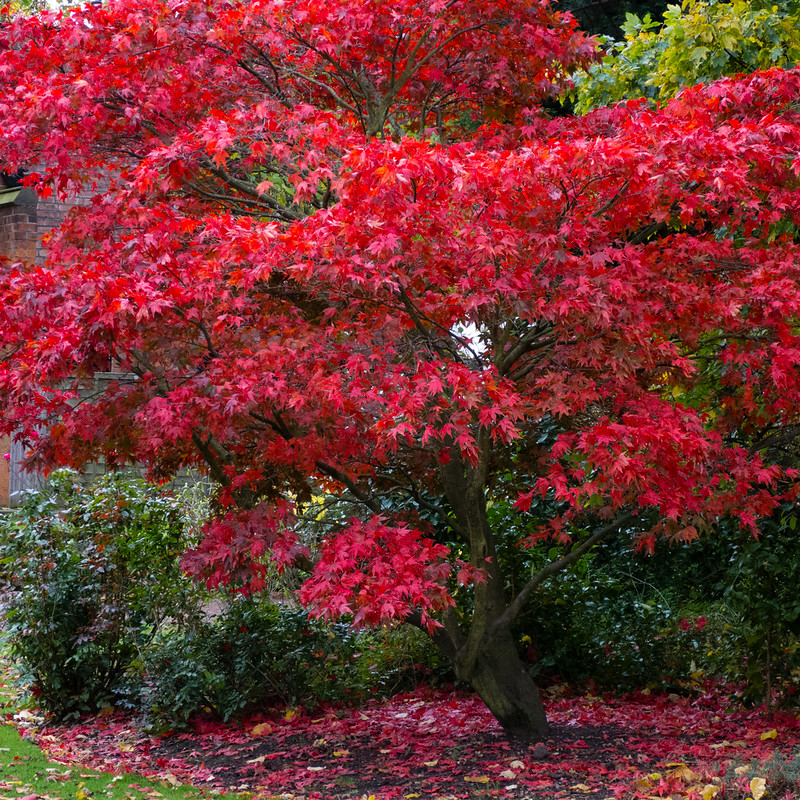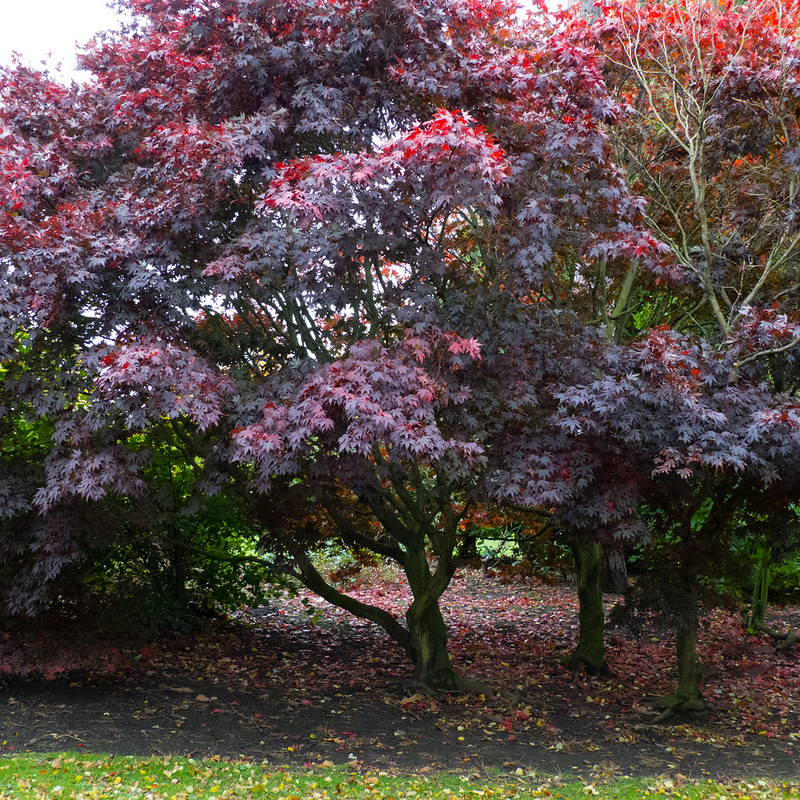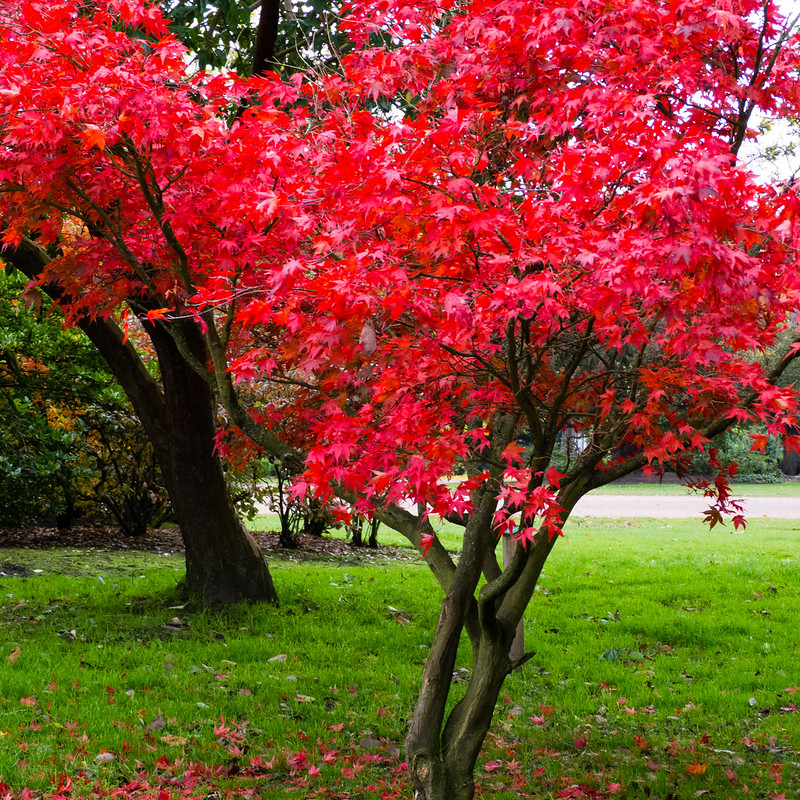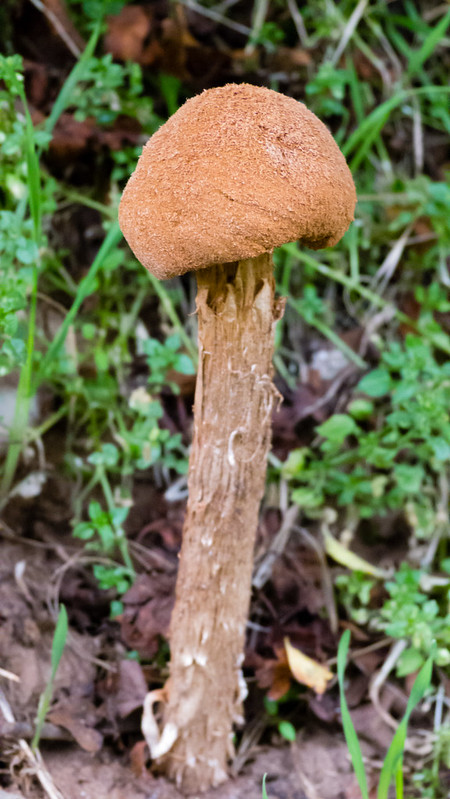Buglosses are a group of flowers related to borage. The plant itself is sturdy, with stiff “hairs” to discourage animals from eating it.
The pale blue flowers seem disproportionately small (at least to me) for such a tall plant.
It’s quite common near to canal towpaths locally, and flowers for most of the summer and autumn.
This one, by the lower end of the Birmingham Canal, still had lots of flowers earlier this month.





